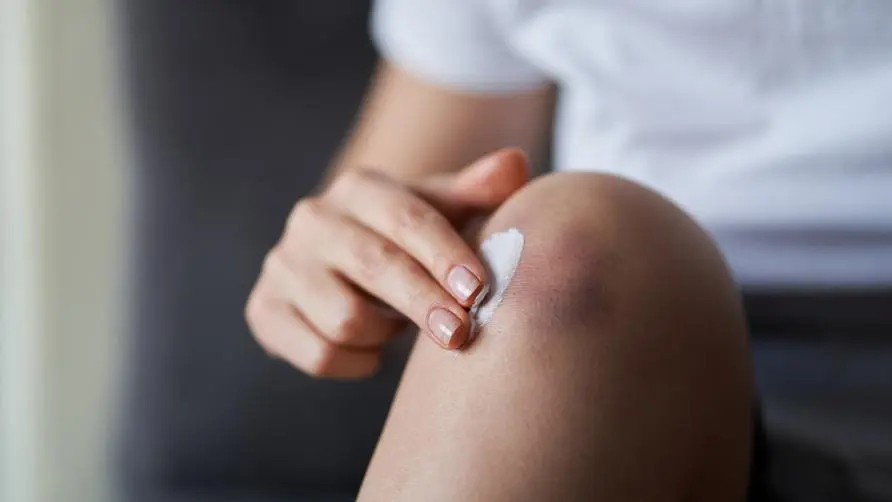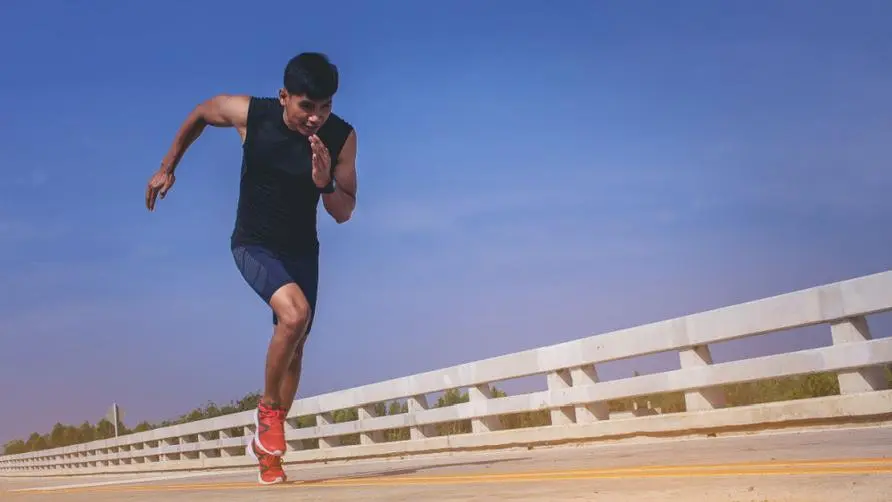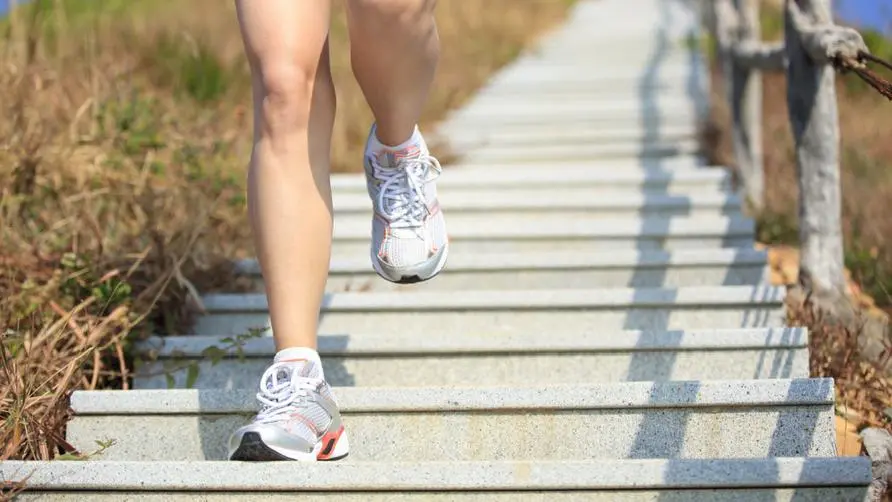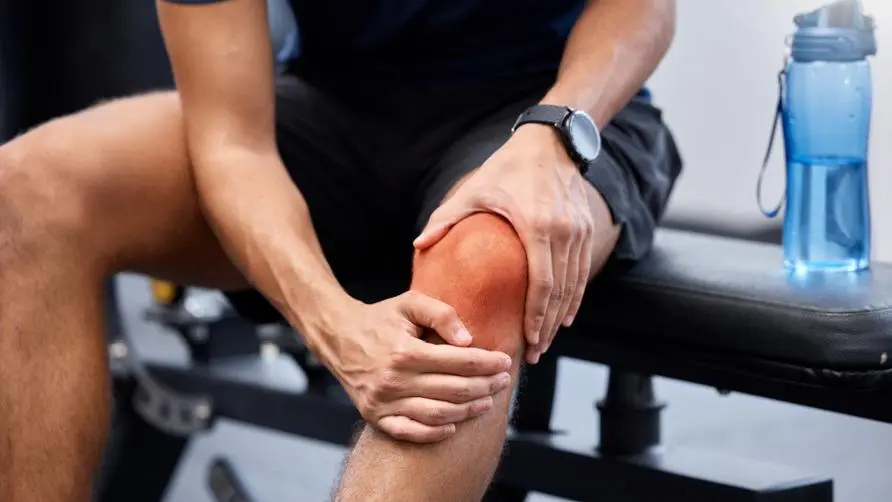Is it true that running hurts joints? Harvard doctor reveals the truth: "Not moving at all" is the most damaging to your knees
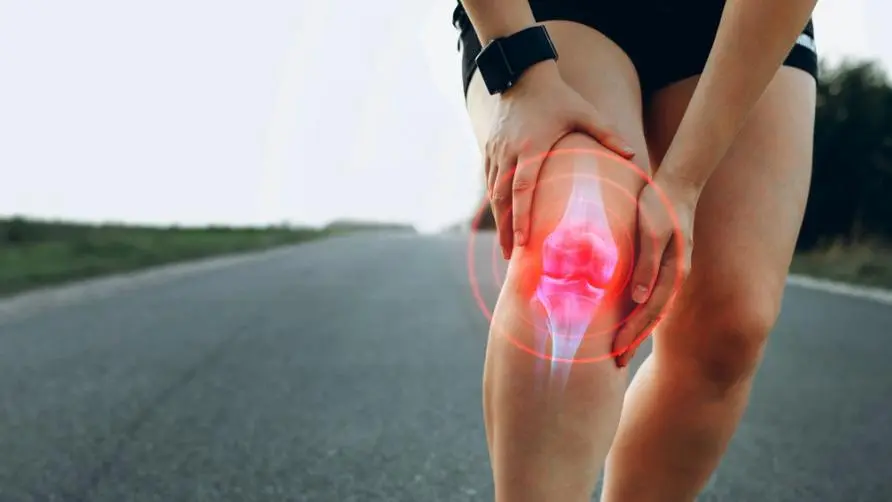
Whether exercise will hurt the knees is one of the common myths among people. In fact, those who do not exercise at all or have no exercise habits are more likely to have their knees damaged or even age prematurely? Dayna Yorks, a doctor of physical medicine and rehabilitation expert at Harvard Medical School, said that the chance of actual knee injury or knee joint damage caused by regular exercise is very low; on the contrary, exercise has a potential protective effect on the joints.
Is it true that running hurts joints? Expert: “Not moving at all” is the most damaging to your knees
How to protect your knees during exercise? Dr. Yorks explained that the phrase “you must move if you want to be active” is often heard in life. This is not groundless, but it means that regular activity does help to maintain vitality, and the same is true for the knee joint. “Knee cartilage needs regular ’loading’ or pressure to stay healthy. Whether it’s walking briskly or squatting to get something from a low cabinet, it’s normal knee load.”
Dr. Yorks pointed out that actions involving repeated bending of the knee, such as running, squatting, climbing stairs, riding a bicycle, aerobic dancing, etc., can easily cause knee cartilage wear and tear, and even cause knee injuries, knee arthritis and other conditions. However, there is evidence that regular exercise has a much lower risk of knee injury or knee arthritis than no exercise at all.
“Exercise can not only keep the cartilage of the knee joint healthy, but also enhance muscle strength, which is crucial for stabilizing the joint. In addition, exercise can help the knee joint maintain a normal range of motion, reduce knee joint stiffness, and help improve joint function and quality of life.”
Dr. Yorks added that many studies have shown that exercise such as running, jogging, or walking is not associated with the development or progression of knee arthritis. For example, literature published in 2018 showed that marathon runners are less than half as likely to suffer from knee and hip arthritis as the general population; a 2022 review of 24 studies pointed out that there is no evidence that runners’ knee cartilage thickness will be damaged.
What exercises should you avoid if you have an old knee injury? The “Two Big NG Moves” to Avoid When Cycling and Jogging
Despite the many benefits of exercise for the knee joint, certain movement patterns can affect the knee or make symptoms of knee arthritis apparent. Dr. Yorks gave an example: Certain movements require the knee joint to bear greater pressure, such as squatting, kneeling, walking up and down stairs, etc. If you suffer from severe arthritis or weak muscles around the knee joint, the above actions may aggravate the patient’s pain.
Other activities that put excessive pressure on the knees and may cause pain or arthritis include:
When riding a bicycle, the seat is too low and the knees must be bent excessively.
Jumping movements are often performed in aerobics and aerobics classes.
Run long distances on uneven surfaces.
How to avoid knee pain during exercise? 7 major improvement measures for Harvard’s doctoral teaching
In order to reduce or avoid knee pain, Dr. Yorks calls on athletes to moderately change their movements, especially when pain occurs, to reduce the pressure on the joints. The following are recommended contingency measures for 7 sports:
Climb the stairs. Using the “one step” principle at a time, place your right foot on the step, then lift your left foot and take the next step, and repeat this process. When climbing steps, keep your hips, knees, and ankles aligned and avoid letting your knees stick forward past your toes. In addition, the soles of your feet should be completely on the steps, not just the soles and heels. When climbing remember to use all the muscles in your ankles, legs, and hips to move forward.
Aerobics. For “jumping jacks”, if you find that this action puts too much burden on your knees, touch your toes lightly to the ground instead. Or maybe squats cause less knee pain than lunges. You can replace lunges with squats, or replace them with movements that exercise the same muscle areas.
Run. When running, the speed should be slowed down and the distance should not be too long; runners should be careful to avoid hard surfaces, such as sidewalks or asphalt roads. Look for a slightly more flexible surface, such as the PU tracks on major campuses.
Floor Sitting. If you experience pain in your knees when sitting on the floor in a “cross-legged position”, you should place your legs in front of you and spread them slightly apart.
Kneeling position. If you have to kneel when cleaning at home or organizing bookcases, add pads to your knees.
Squat. If squatting causes pain, avoid training exercises such as squats. If you need to train, you should have a small stool at hand so you can rest appropriately while squatting.
Walk. Consider using hiking poles for assistance, similar to Nordic walking.
Dr. Yorks reminds that if you still experience severe knee pain after making the above changes, you should stop the movement immediately and monitor your condition. If the pain subsides within a few hours, you can resume activities depending on your condition; if the pain persists, seek medical attention immediately. “The goal of exercise is to keep your knees healthy, but if you continue to exercise if you have knee pain, it will be harmful to your knee joints!”
Source:
Further reading:


